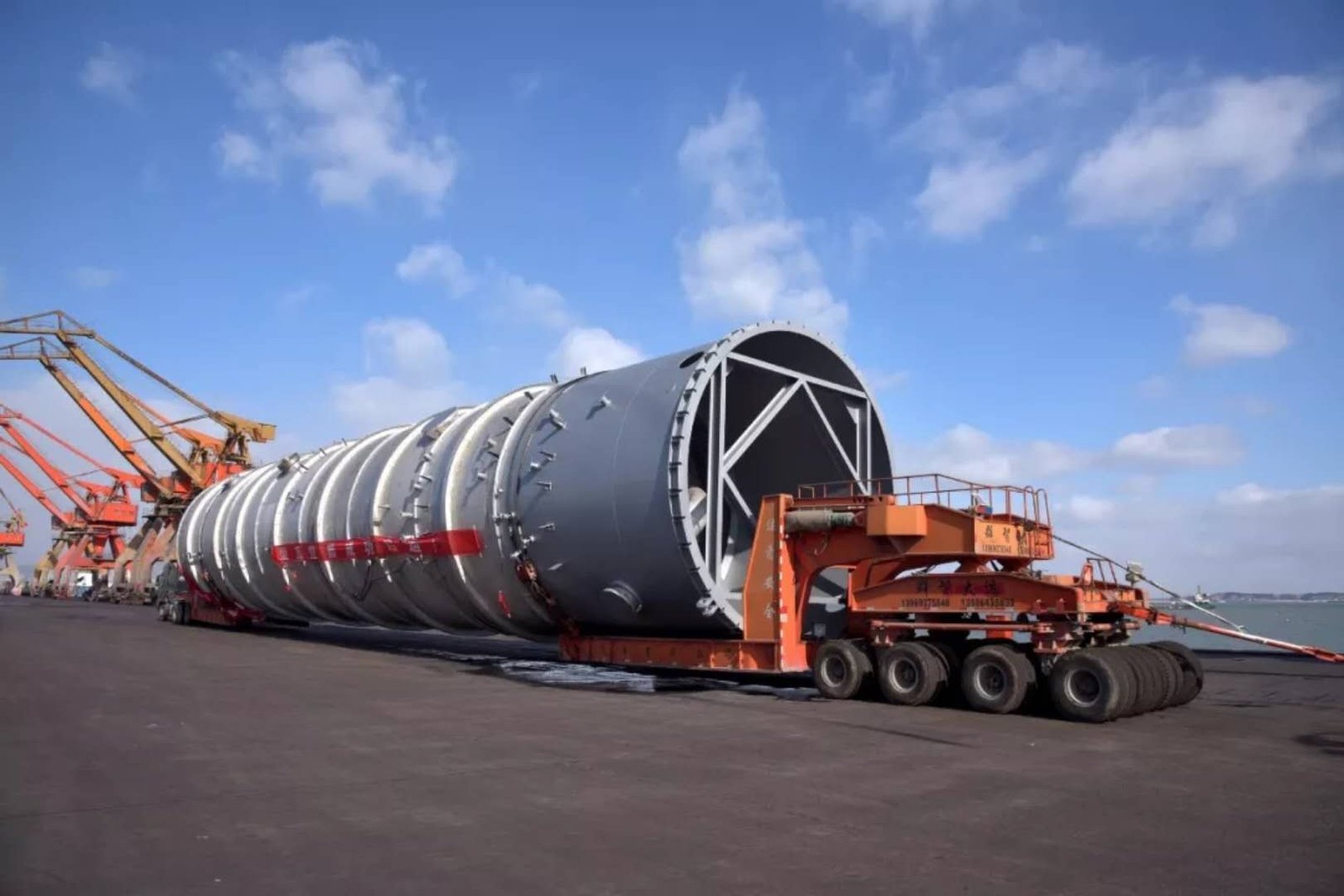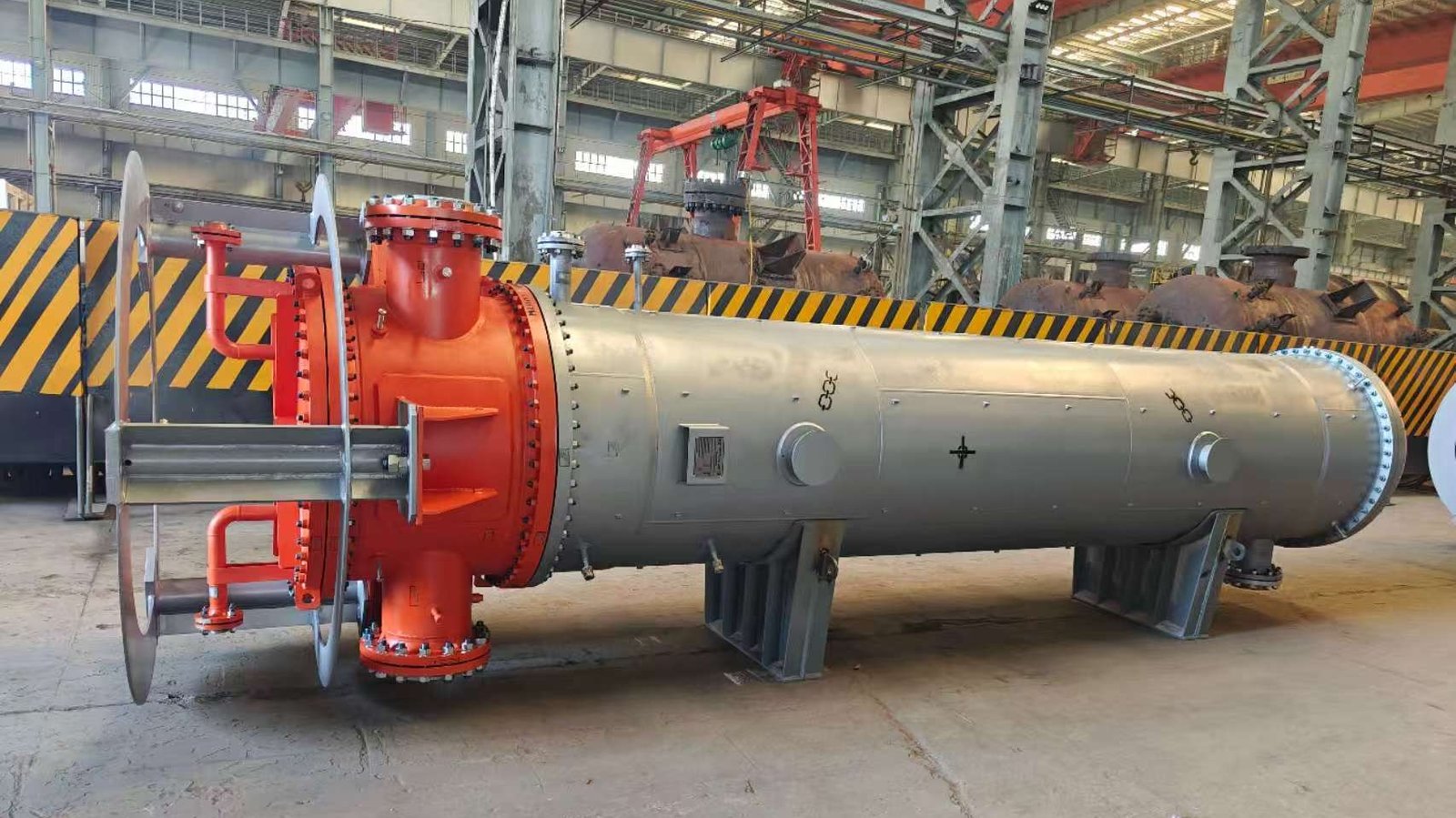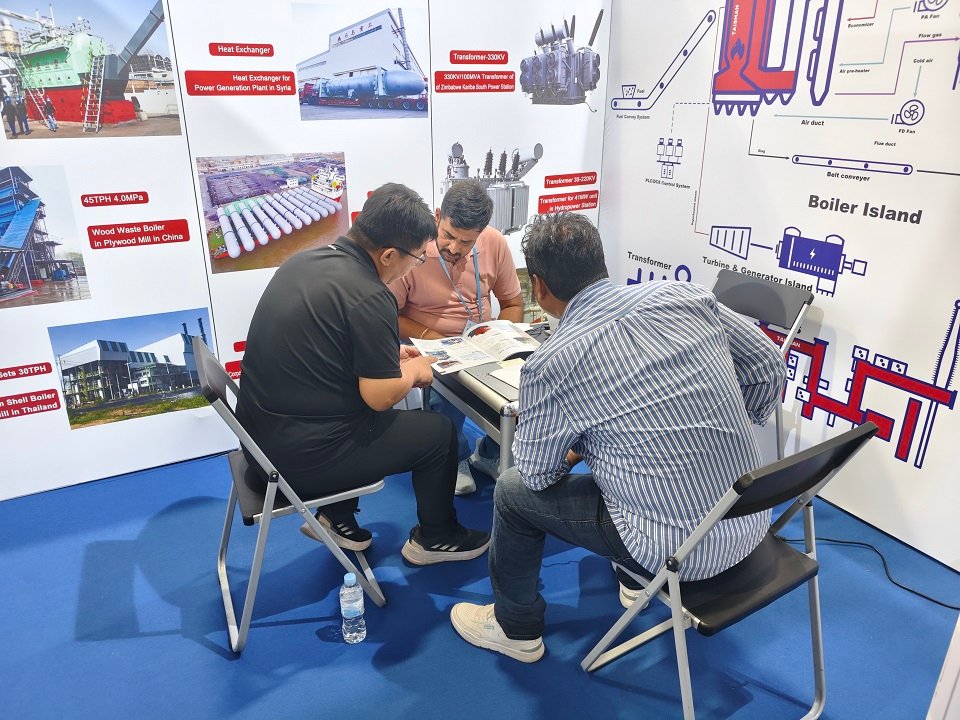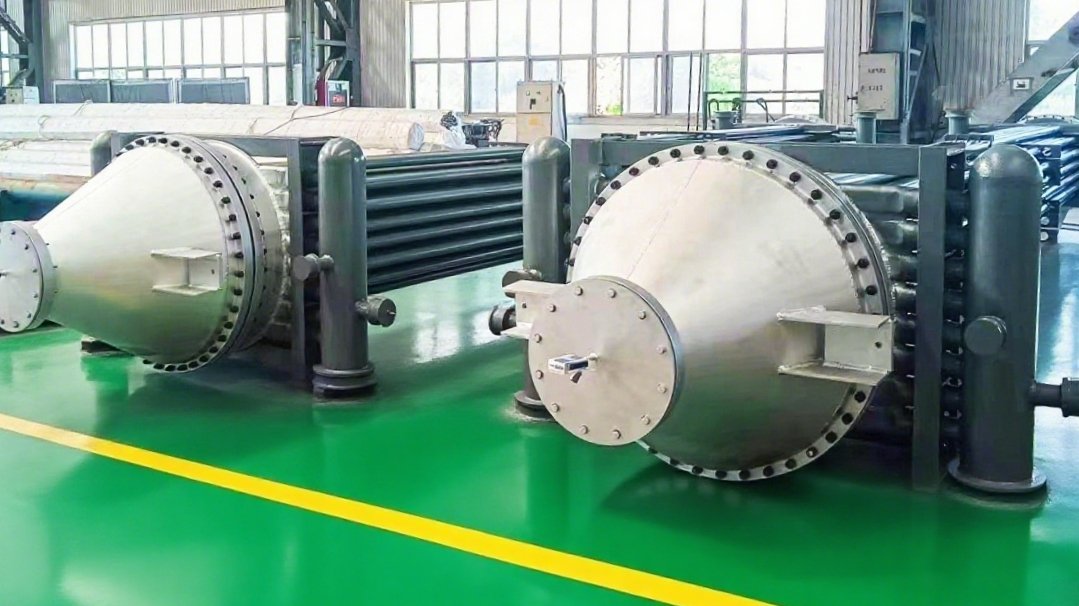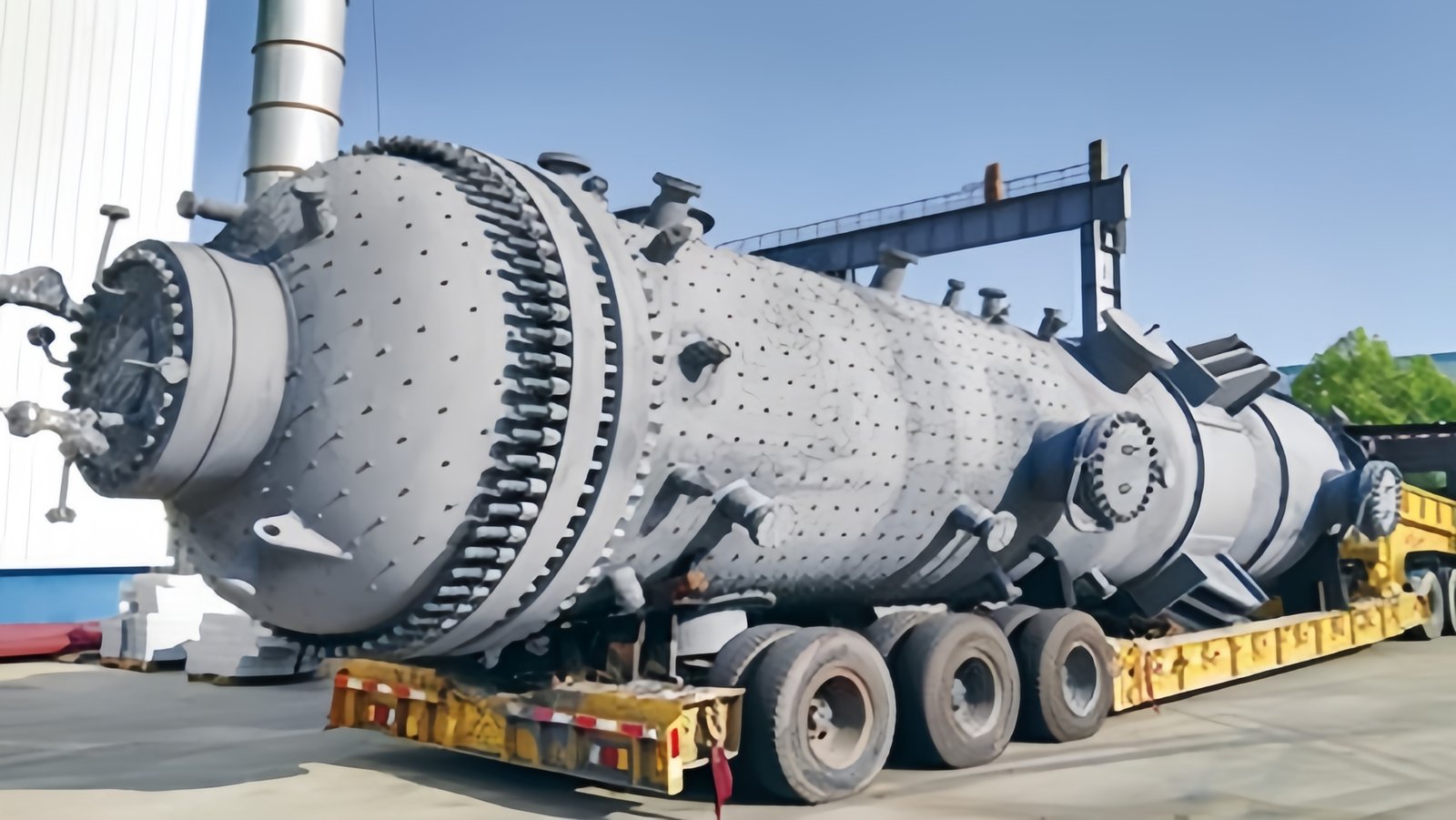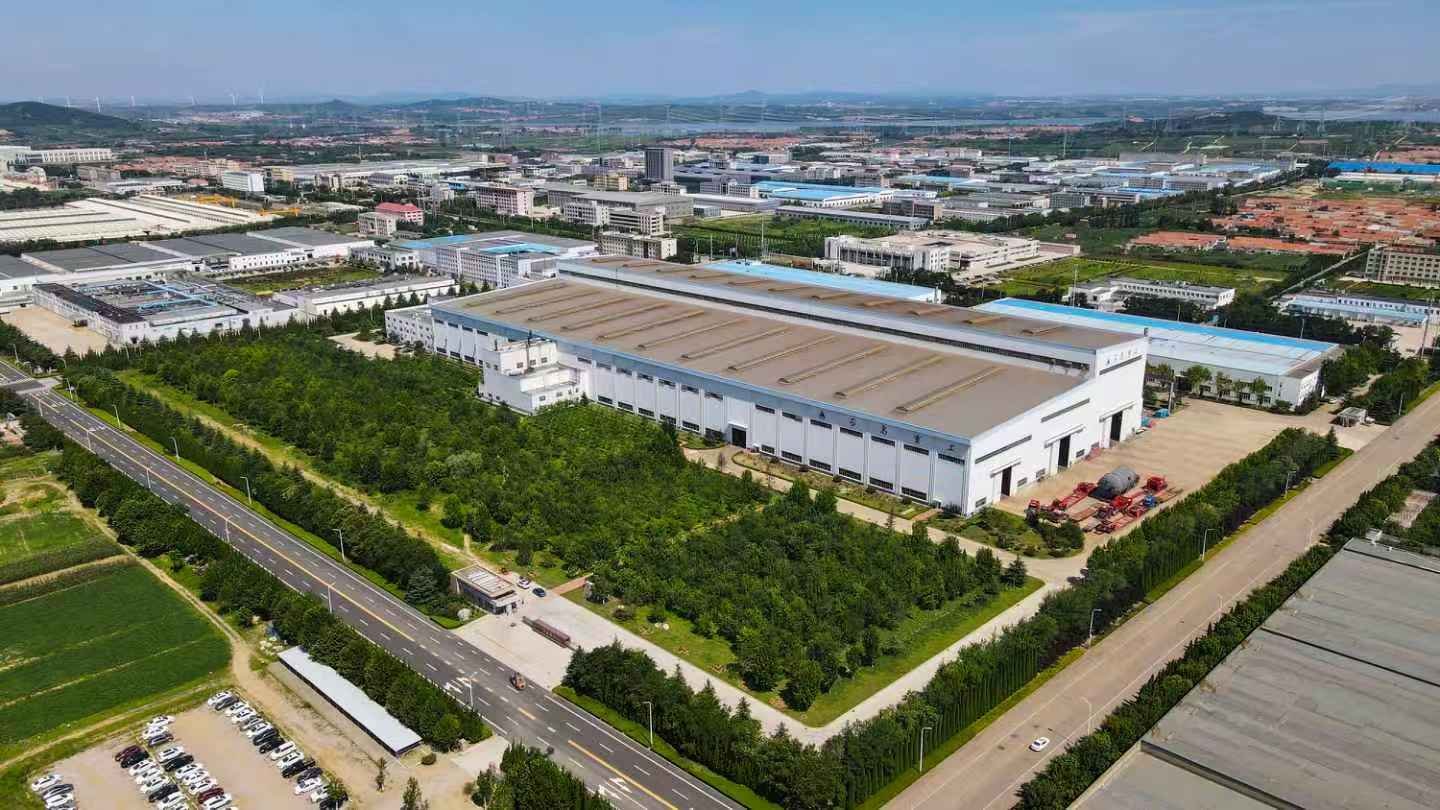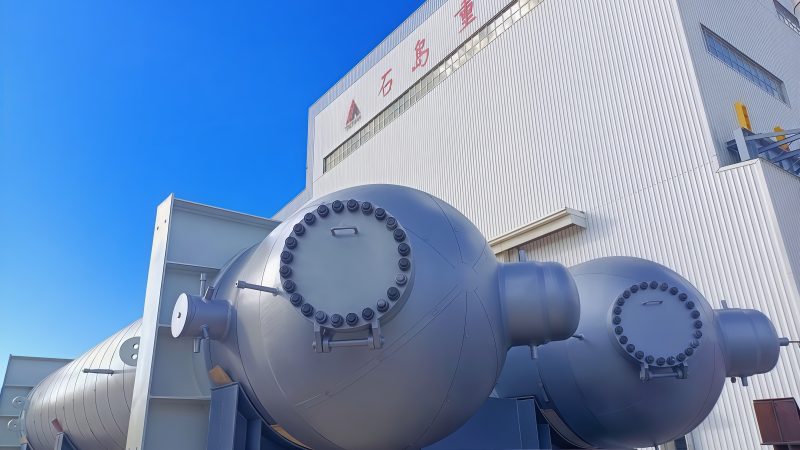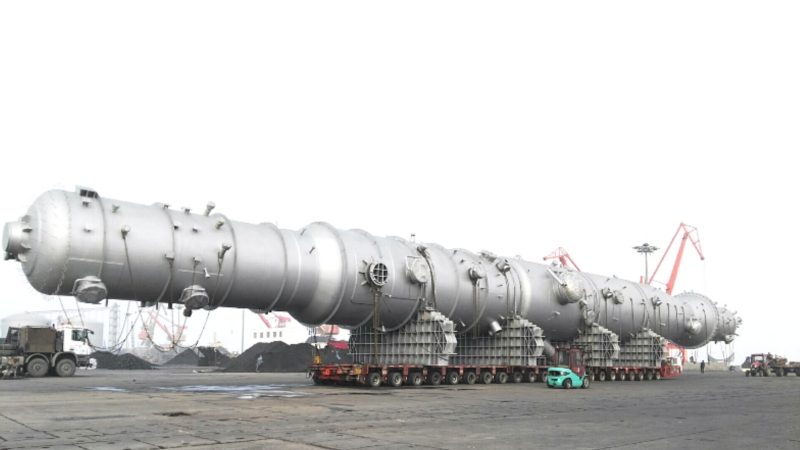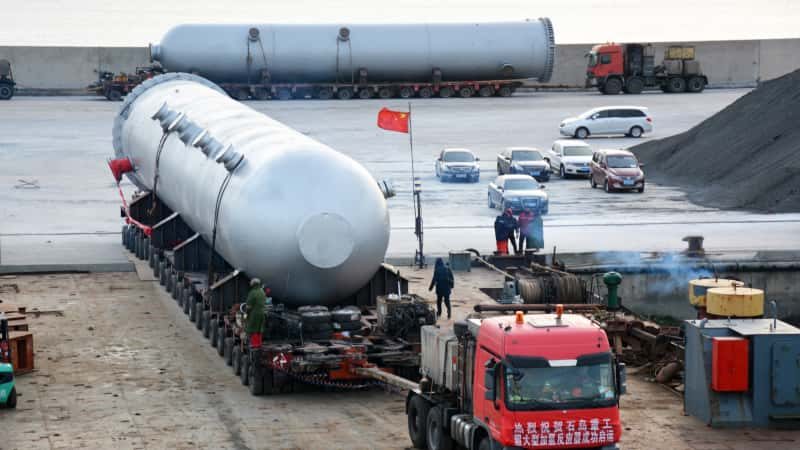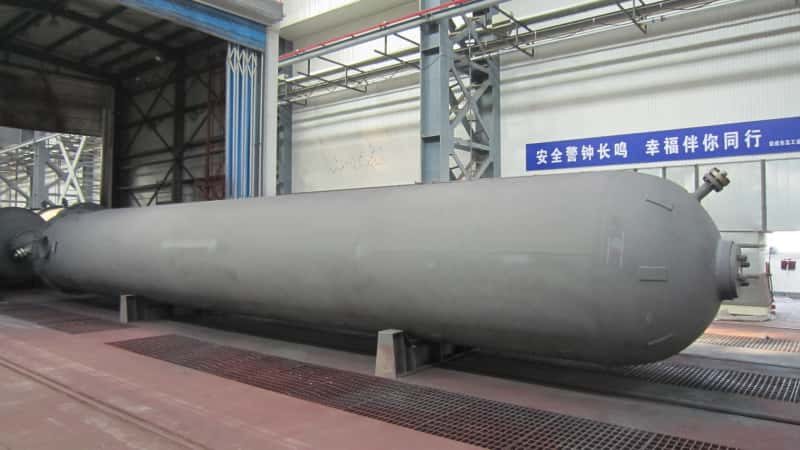When it comes to separating complex liquid mixtures into their pure components, few technologies are as powerful and versatile as the fractionating tower, also known as the distillation column. But knowing its technical function is just one part of the story—what’s more important for professionals and investors is where and why it’s used. If a facility fails to apply the right separation strategy, it can lead to loss of raw materials, low product purity, and high operating costs. Fortunately, distillation columns have been successfully deployed across a wide range of industries to address these challenges efficiently and consistently. This article reveals the industries that depend heavily on this core separation technology—and explains why.
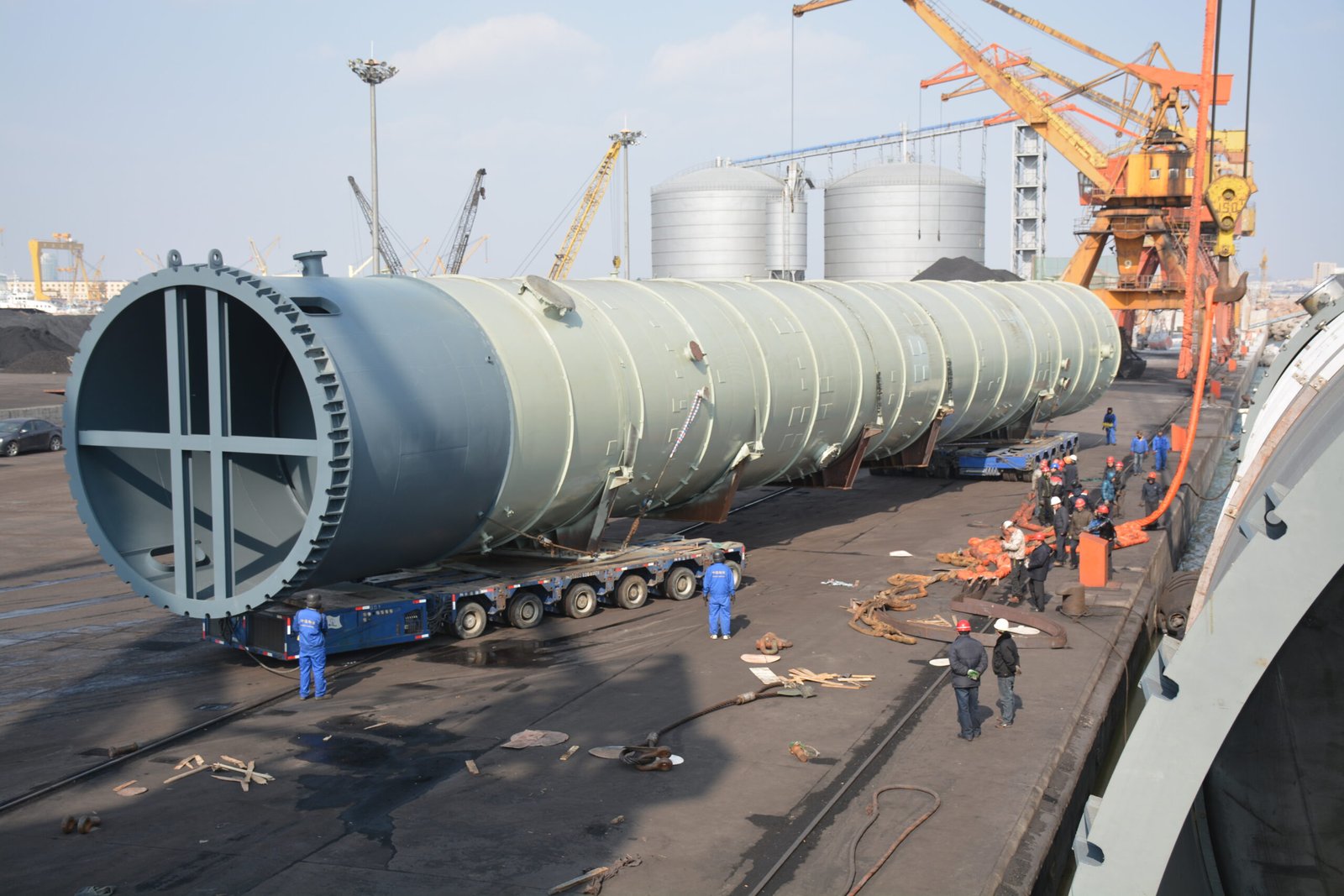
Fractionating towers (distillation columns) are widely used in industries such as petroleum refining, petrochemicals, pharmaceuticals, food and beverage, chemicals, alcohol production, environmental recovery, and semiconductors. Each industry uses distillation columns to separate mixtures based on boiling point differences—ensuring product purity, reducing waste, recovering solvents, or purifying ingredients to meet regulatory and performance standards.
Whether you’re designing a new facility or optimizing an existing one, understanding where fractionating towers are most effectively applied will help you make informed decisions about process design, equipment investment, and regulatory compliance.
Fractionating towers are exclusive to oil refineries.False
Fractionating towers are used in many industries beyond oil refineries, including pharmaceuticals, food processing, alcohol production, and electronics manufacturing.
Petroleum Refining: The Birthplace of Industrial Fractionating Towers
The most iconic application of distillation columns is in crude oil refineries. Crude oil is a complex mixture of hydrocarbons, and fractionating towers are used to break it down into distinct product streams:
- Gasoline
- Kerosene
- Diesel
- Lubricating oils
- Fuel oil
- Asphalt and tar
A typical atmospheric distillation column in a refinery operates 24/7 and can process up to 200,000 barrels/day, depending on the plant scale.
📊 Distillation Output from Crude Oil Refining
| Crude Component | Boiling Range (°C) | Product Use |
|---|---|---|
| Light gases | <30 | LPG, fuel gases |
| Naphtha | 30–180 | Gasoline blending |
| Kerosene | 180–250 | Jet fuel |
| Diesel | 250–350 | Diesel engines |
| Residue | >350 | Heavy fuel, bitumen |
Petrochemicals & Bulk Chemicals: Precise Molecular Separation
In petrochemical plants, distillation columns are used to separate purified hydrocarbons like:
- Ethylene, propylene, butadiene
- Xylenes, benzene, toluene
- Aromatics and aliphatics
The separation of close-boiling-point substances in these facilities often involves high-efficiency tray or packed columns, sometimes with azeotropic or extractive distillation techniques.
📌 Example: Separating benzene (boiling point 80.1°C) from toluene (boiling point 110.6°C) requires columns with high theoretical stages and reflux ratio.
Pharmaceuticals: Solvent Recovery and High-Purity Separation
Pharmaceutical manufacturing relies on fractionating towers to:
- Recover high-cost organic solvents (e.g., ethanol, methanol, acetone)
- Separate synthesis intermediates
- Remove impurities from active pharmaceutical ingredients (APIs)
These operations often use vacuum distillation to avoid thermal degradation of sensitive compounds and must meet GMP standards for product quality.
📊 Typical Pharmaceutical Distillation Uses
| Purpose | Distillation Type | Common Solvents Recovered |
|---|---|---|
| API purification | Vacuum distillation | Methanol, ethanol |
| Solvent recovery | Multi-effect columns | Acetone, toluene, hexane |
| Crystallization prep | Short-path distillation | DCM, THF |
Vacuum distillation is not used in pharmaceutical production.False
Vacuum distillation is widely used in pharmaceutical production to prevent heat-sensitive compound degradation and ensure high-purity separation.
Food & Beverage Industry: Purity, Flavor, and Compliance
In the food sector, distillation ensures both purity and sensory quality. Applications include:
- Ethanol production in alcoholic beverages (vodka, whiskey, rum)
- Flavor extraction from natural oils
- Essential oil purification
- Removal of unwanted volatile compounds (e.g., methanol, fusel oils)
The use of stainless steel packed columns is common here to meet hygiene and food safety standards.
📌 Ethanol plants often employ fractionating towers with 40+ theoretical stages to reach alcohol purity above 96%.
Alcohol & Bioethanol Production: Fermentation Meets Fractionation
In both beverage and biofuel industries, alcohol is produced through fermentation, and distillation columns are essential to purify the ethanol. In bioethanol plants, distillation columns are used in tandem with molecular sieves or azeotropic columns to dehydrate ethanol to 99.5% purity for fuel use.
📊 Stages in Bioethanol Separation
| Process Step | Output Purity (%) | Equipment Type |
|---|---|---|
| Beer column | \~40–50 | Stripping column |
| Rectification column | \~96 | Tray or packed tower |
| Dehydration (molecular) | \~99.5 | Zeolite adsorption system |
Specialty Chemicals & Fine Chemicals: Custom Separation Challenges
In smaller-scale specialty chemical manufacturing, distillation columns are used for:
- Purifying small-volume intermediates
- Separating close-boiling mixtures
- Handling reactive or corrosive compounds
Many systems use reactive distillation, extractive distillation, or operate under high vacuum conditions to meet exact separation targets.
📌 This sector often requires custom-engineered fractionating towers with special alloys or glass linings for chemical resistance.
Semiconductor & Electronics: Ultra-Pure Chemicals
In microelectronics manufacturing, even trace contaminants can compromise product integrity. Distillation towers are used to purify:
- Hydrochloric acid
- Hydrogen peroxide
- Isopropyl alcohol (IPA)
- Acetic acid
These towers operate in cleanroom environments and produce ultra-pure solvents (99.9999%+) for wafer cleaning and etching.
Distillation is not precise enough for semiconductor-grade chemicals.False
Advanced fractionating towers with high-purity design and cleanroom operation are widely used to produce semiconductor-grade chemicals.
Environmental & Waste Treatment: Solvent and VOC Recovery
Distillation columns also play a major role in environmental engineering, particularly in:
- VOC recovery
- Solvent recycling
- Industrial wastewater treatment
They help reduce environmental impact while reclaiming valuable materials from process waste.
📊 Environmental Applications of Fractionating Towers
| Application | Pollutants Separated | Outcome |
|---|---|---|
| Paint & coatings industry | Toluene, xylene | Solvent reuse |
| Semiconductor fabs | IPA, acetone | Solvent purification & reuse |
| Pharmaceutical waste | Methanol, ethanol | Waste volume reduction |
Summary: A Cross-Industry Cornerstone
Fractionating towers are indispensable across many industries—not just oil refining. From producing fuel and beverages to recovering high-value chemicals and solvents, distillation columns ensure that each product meets the required purity, efficiency, and regulatory standards.
✅ Oil & Gas
✅ Pharmaceuticals
✅ Food & Beverage
✅ Petrochemicals
✅ Fine Chemicals
✅ Electronics
✅ Environmental Engineering
No matter the industry, where there’s a need to separate, purify, or recover volatile substances, fractionating towers provide a scalable, customizable, and proven solution.
Need Expert Advice for Your Industry?
We specialize in designing, fabricating, and installing custom distillation systems for a wide range of industries. Whether you’re recovering solvents, upgrading ethanol purity, or separating fine chemical intermediates, we have the expertise to build the right column for your application.
📩 Contact us today for a free technical consultation and let’s engineer your next high-efficiency fractionating tower together.

